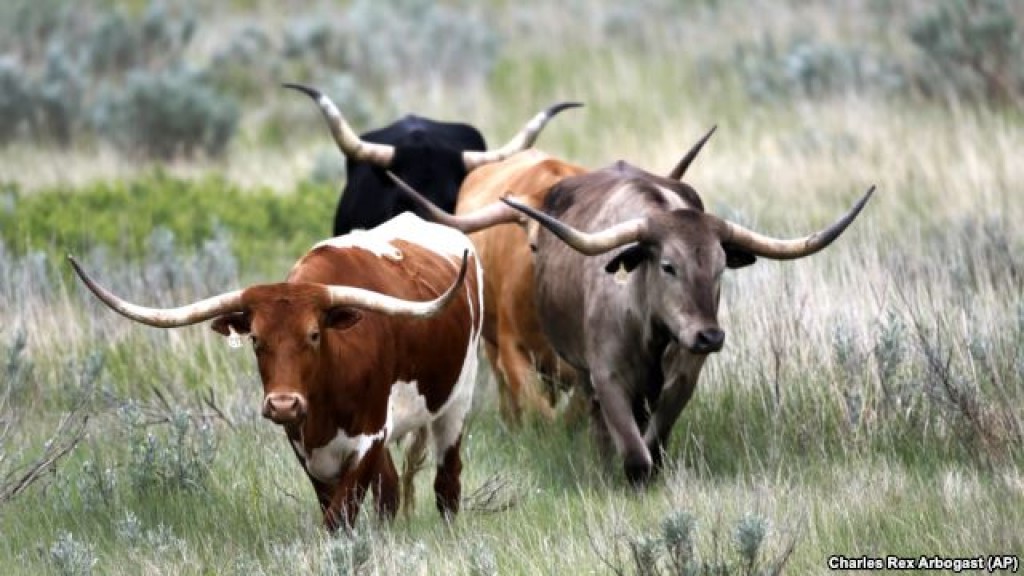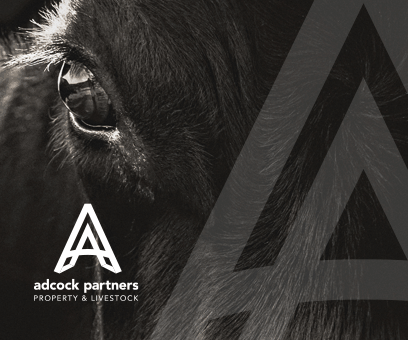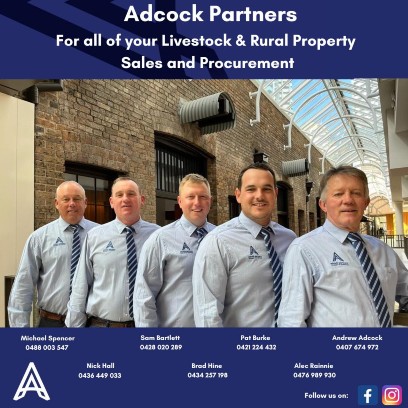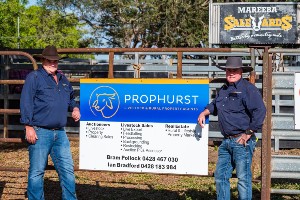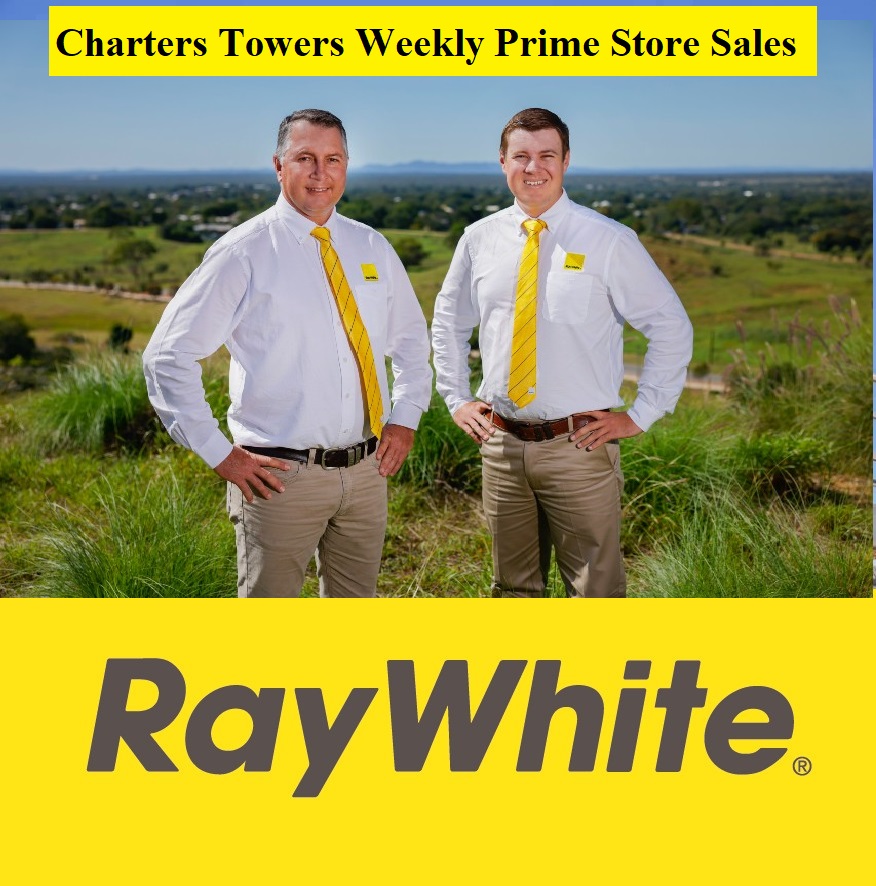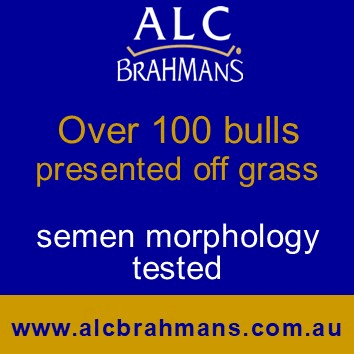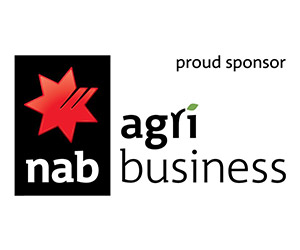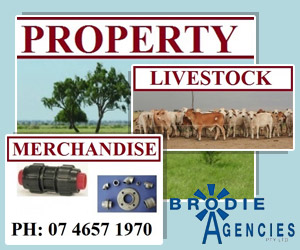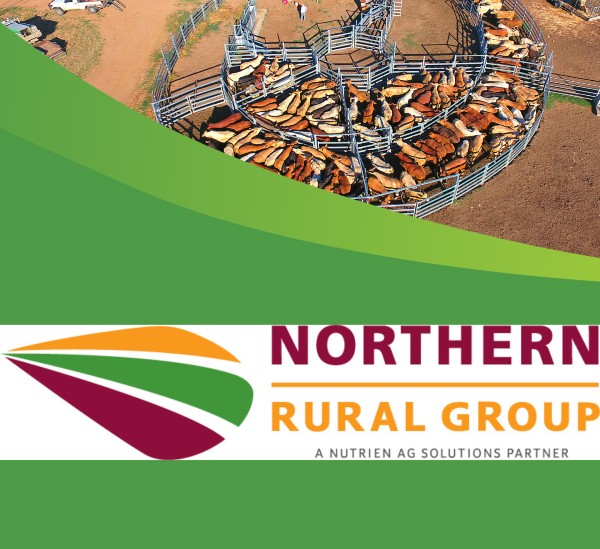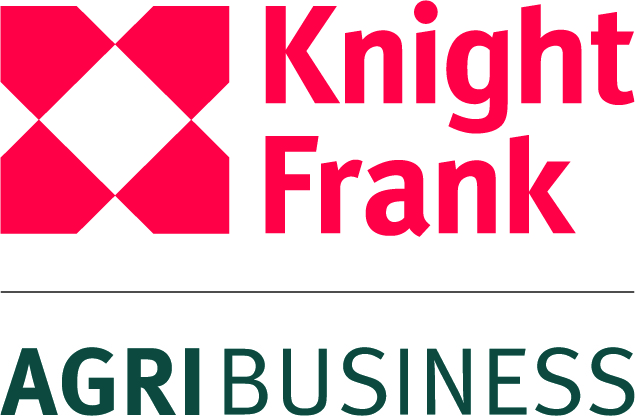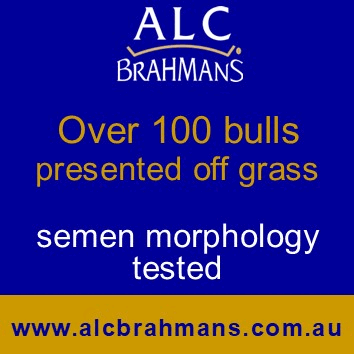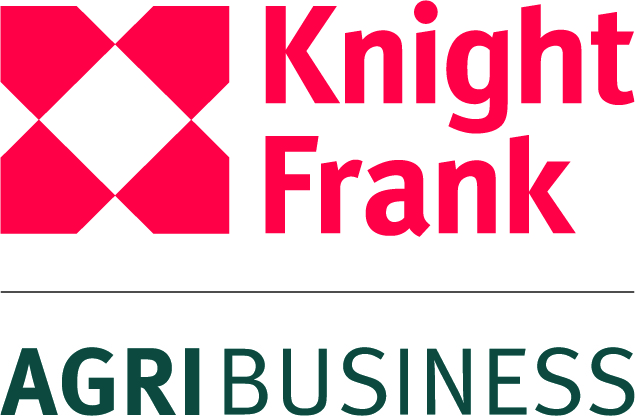Cattle Replace Bison to Restore US Grassland Health
Fort Niobrara maintains a herd of 350 bison on 9,000 hectares.
Once a vital part of the grasslands eco-system, today America's 30,000 remaining wild bison live mostly within enclosures that keep them off private land while cattle herds fill the niche that bison once occupied.
The challenge of maintaining the health of the prairie lies in the ability to manage herds, such that they don't graze too much or too little. Now a growing number of Great Plains conservation groups are partnering with ranchers to promote healthier grass and increased profits for the cattlemen.
Mimicking the past
One such partnership is at the Fort Niobrara Wildlife Refuge in Nebraska, managed by the U.S. Fish and Wildlife Service, whose mission is to protect native plants and animals. The grassland habitat is home to songbirds, the Greater American Prairie Chicken, prairie dogs, elk, deer and American bison, a diversity that ranger Steve Hicks calls "pretty incredible."
Fort Niobrara maintains a herd of 350 bison on 9,000 hectares. "The bison are part of our purpose here at Fort Niobrara Refuge," Hicks explains. "We're supposed to provide a good habitat for them."
Doing that entails mimicking as closely as possible the historic movement of the wild herds, whose grazing stimulated plant vitality and whose dung provided fertilizer. Because the herds moved on fast, the "bitten" plants had time to recover.
"Bison are manageable, but it's a lot bigger job to keep bison contained than it is cattle," Hicks observes "They'll go just about where they want, if they really want to." So, to provide the benefits of grazing without the hassle of herding bison, the U-S Fish and Wildlife Service leases 25,000 hectares to cattle ranchers.
Moving the cattle
Cattleman Bob Grabher leases summer pastures from the refuge for 500 of his cows and calves, and today is a moving day.
"The refuge sets it up and gives you what pastures you will be in and how many days in each pasture," he says while he and fellow stockmen race around the herd on dune buggies, coaxing and chasing the animals out of a 200-hectare, fenced pasture where they've only been grazing for half a week. They move the herd over hill after hill of native prairie to another fenced pasture that hasn't been grazed for three years.
At home, Grabher's son, Dean Churchill says the cattle on their 1600 hectare Rocking Arrow Ranch also never graze a pasture continuously. But instead of moving a herd after a few days, they often let them graze over two weeks. And instead of resting a pasture for years, they often bring cattle back within a few months. With proper planning, Churchill says this more intensive schedule improves the grass.
"It adds compaction to the soil and the hoof prints within the soil allows the moisture to penetrate the soil better," he says.
Churchill says he learned these techniques 20 years ago from Allan Savory, who advocates "holistic planned grazing." Today, the Savory Institute trains ranchers around the globe to use holistic planned grazing to achieve their social and economic priorities. Savory Institute's Byron Shelton says a key is knowing when to move animals on and off of grass.
"Once it's bitten, if it starts to regrow, we move the animals away until it has regrown," he esays. "That way we have the roots being the strongest they can to hold soil, hold the water, make the ecosystem function ... and to make it viably profitable to have people who make a living and have healthy communities."
Helping the land and the landowners
Those ideas make sense to the Nature Conservancy, which is partnering with the Savory Institute. William Burnidge, Colorado Grasslands Program Director, says that in a three-year trial on the Fox Ranch, they're grazing more cattle and creating more diverse habitat.
"The Colorado Parks and Wildlife Agency is very pleased with the outcomes that we're achieving at the Fox Ranch for the Greater Prairie Chicken," he said. "At the same time, we've improved the financial outcomes for ourselves and for the lessee at the ranch, and his quality of life I think has credibly improved."
Burnidge says that the knowledge being gained may give livestock around the world a sustainable place on grass, benefiting people, profit and the planet.
Posted in Jim Pola Blog on Sunday, 06 September 2015
Location
Townsville QLD 4812
